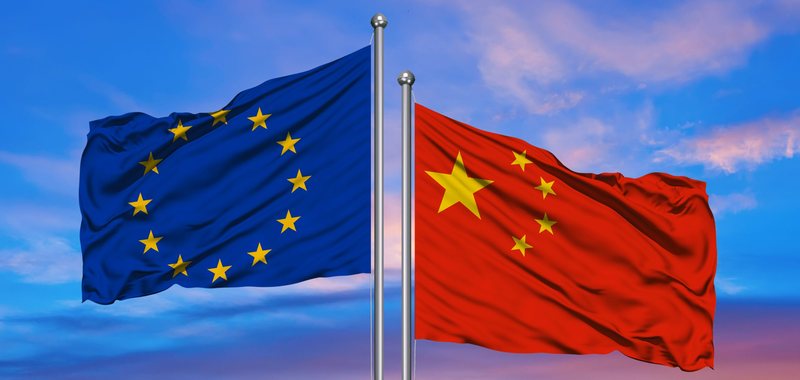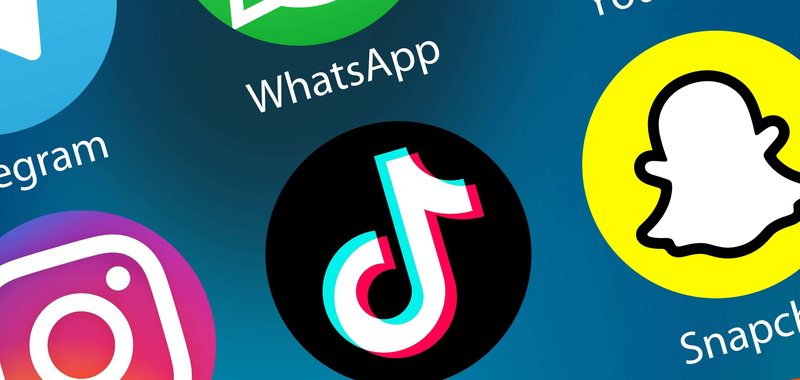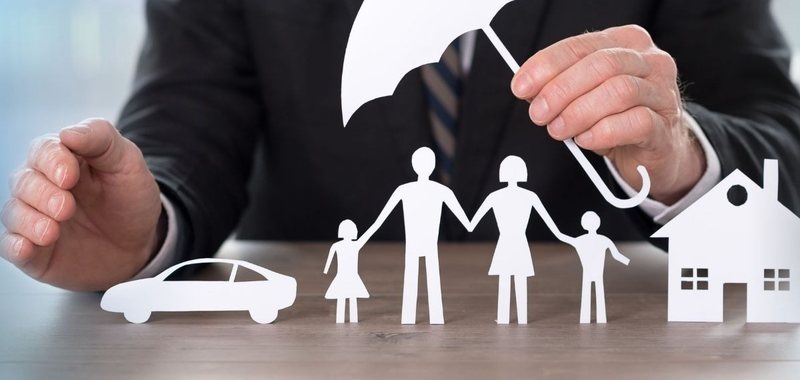Which European countries are best prepared for a cashless future?!

Europe's Nordic countries are better prepared for a cashless future than the rest of Europe, a new analysis has shown. Finansplassen, a Norwegian finance information site, compiled data from the World Bank, Eurostat and other publicly available banks to see how well-adjusted each European country was to allowing people to pay without cash.
They estimated the number of ATMs and payment terminals available per 100,000 people, the limit that cardholders can spend during contactless purchases and the number of people who work in online banking. Fewer ATMs mean the country is less dependent on cash, and a higher number of payment terminals means there is a "larger infrastructure" for electronic transfers, according to a spokesperson from Finansplassen.
Their analysis showed that Norway is best prepared for a cashless future: it has one of the lowest numbers of ATMs and about 96 percent of the population does online banking, according to the analysis. Finland and Denmark come second and third in the analysis because they have more ATMs than Norway and slightly fewer payment terminals, but about the same percentage of people who use online banking.
The Netherlands, Sweden, Iceland, Estonia, Lithuania, Cyprus and Switzerland rounded out the top 10 in the analysis, while Armenia, Georgia and Germany were the least adapted to cashless systems. Five of the top 10 cashless countries are Nordic countries, according to the study.
In particular, Nordic countries find cashless systems "useful" because these systems help overcome some of their challenges, such as sparse population density or harsh weather conditions that make traditional payments a bit more difficult .
These countries also have an advantage, Pettersson continued, because they have high trust in public institutions and small populations, making it easier to test new policies. In 2016, Norway's largest bank DNB called for a ban on cash because it was concerned about illegal activities such as money laundering, according to the Independent.
Around the same time, consumers flocked to Vipps MobilePay, a "Nordic mobile wallet" that allows their customers to "send money as easily as sending a text," according to their website. Launched in 2015, Vipps MobilePay now extends to 11.5 million users in Norway, Finland and Denmark, the company says.
But recently, there have been moves by the Norwegian Parliament to turn its citizens into cash. In October, Parliament approved changes to their Financial Arrangements Act that will make it easier for Norwegians to pay in cash if necessary. Norway's Directorate of Civil Protection (DSB) recommends that everyone carry some cash due to the vulnerability of digital payment systems to digital attacks.
In Denmark, cash payments will account for just 8 percent of all transactions in the country in 2023, according to a document from the national bank. Danes are more likely to use mobile payments because the shopper "always has their mobile with them" and can easily find the exact amount needed to pay, the report said.
The COVID-19 pandemic increased cashless payments worldwide, rising from an average of 91 cashless payments per person each year in 2017 to approximately 135 in 2020, according to the World Bank. The European Central Bank (ECB) found a similar trend in Europe. A 2023 study showed that 59 percent of transactions in 2022 were made with cash, up from 72 percent in 2019.
The ECB said the change "cannot be determined" by one factor, but suggested that "payment behaviours" learned during the pandemic overcame the restrictions. Most consumers in Europe prefer to pay by card or other cashless payment methods because it is more convenient, the survey continued. However, 60 percent of respondents still said they wanted a way to pay with cash.

Bitcoin on the decline? Analysts believe Bitcoin's uptrend is not over!
The price of Bitcoin has fallen sharply over the past 24 hours, falling 3.6% to just over $94,000 (€89,000) at 5:30 am CET. The pullback appears to have been......

EU-China trade relations escalate - The next product at the center of tariffs is alcoholic beverages!
The EU Commission said it had formally brought provisional anti-dumping measures imposed by China on EU cognac imports to the World Trade Organization, the......

"Protectionist policies threaten global trade" - EBRD report: Industrial policy has turned into revenge
A global resurgence of industrial policies aimed at promoting or protecting domestic interests threatens international cooperation and could particularly......

Filters, or a ban on Tik Tok and Snapchat? - The public consultation between the Council of Parents and the Government begins
Prime Minister Edi Rama together with the Minister of Education and Sports, Ogerta Manastirliu held a public discussion at the "Sami Frashëri" school, with a......

Manufacturing businesses towards innovation and digitization - Project, production costs are reduced, competition is increased
Domestic manufacturing and exporting businesses will be supported to move towards innovative practices and investments, in order to increase productivity and......

Insurance companies, 20 billion ALL in 10 months - AMF: The number of contracts concluded for border insurance falls by 11%
In a period of 10 months, insurance companies have earned 7.5% more revenue from gross written premiums compared to the period January - October 2023. Data......

Hiding income through online trading - Bujar Muça: There are many websites that operate informally
Clothing, various accessories and even machines. Albanians continue to massively receive goods from China, where, according to INSTAT, imports during the......

Contributions ensured pensioners' bonus - 10-month/ Budget revenues increase by 580 million euros
The state budget collected 589 billion ALL for the period January-October 2024, with an increase of about 58 billion ALL or 580 million euros more than the......





















